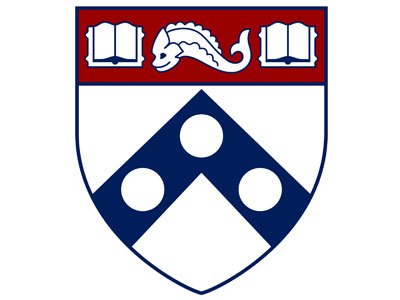
Penn’s academics are boosted by its inherent culture and ecosystem of innovation. You name it, if it’s cutting-edge, the University’s faculty—and students—have their hands in it. Grounded in the liberal arts and sciences and enriched by the integrated resources of four undergraduate and 12 graduate schools, Penn offers students an unparalleled education informed by inclusivity, intellectual rigor, research, and the impetus to create new knowledge to the benefit of individuals and communities around the world.
Penn faculty and students share a passion for engaging with communities around the world, and Penn Global provides innumerable opportunities for them to pair passion and knowledge in ways that both enrich their academic careers and positively impact diverse people and populations all over the globe.
University of Pennsylvania, private university located in Philadelphia, Pennsylvania, U.S., one of the eight Ivy League schools, widely regarded for their high academic standards, selectivity in admissions, and social prestige. It is the oldest university in the country. (The oldest U.S. college is Harvard, founded in 1636).
The University of Pennsylvania was founded in 1740 as a charity school. Largely through the efforts of Benjamin Franklin and other leading Philadelphians, it became an academy in 1751, with Franklin as president of the first board of trustees. In 1755 it was chartered as the College and Academy of Philadelphia. With the foundation in 1765 of the first medical school in colonial America, the institution became in fact a university, but it was not so called until 1779, when for a time it received state support. Since 1791 it has been a privately endowed and controlled institution, although it continues to receive state aid. Approximately 25,000 students are enrolled at the university.
The university was one of the first in the country to admit women students. Women began attending with nondegree status in the late 1870s. They were admitted formally—as graduate students—when the graduate program was established in 1882 and as undergraduates when the School of Education (now a graduate school) opened in 1914. A College of Liberal Arts for Women was established in 1933, thus allowing women to pursue undergraduate degrees in subjects other than education; the university was not made fully coeducational, however, until 1974, when the women’s school was merged into the School of Arts and Sciences.
The university now has four undergraduate schools: the College (School of Arts and Sciences), the School of Engineering and Applied Science, the School of Nursing, and the Wharton School (business education). Graduate and professional programs are offered by these schools and by graduate schools of law, medicine, veterinary medicine, dental medicine, education, communication, fine arts, and social work. University institutes include the Mahoney Institute of Neurological Sciences (1953) and the Joseph H. Lauder Institute of Management and International Studies (1983), part of the Wharton School. The University of Pennsylvania Museum of Archaeology and Anthropology (1887) is a noted teaching and research organization.
Notable alumni include architects Louis Kahn and Bruce Graham, U.S. Supreme Court justices William Brennan and Owen Josephus Roberts, suffragist Alice Paul, football coach John Heisman, linguist and activist Noam Chomsky, and poets Ezra Pound and William Carlos Williams.